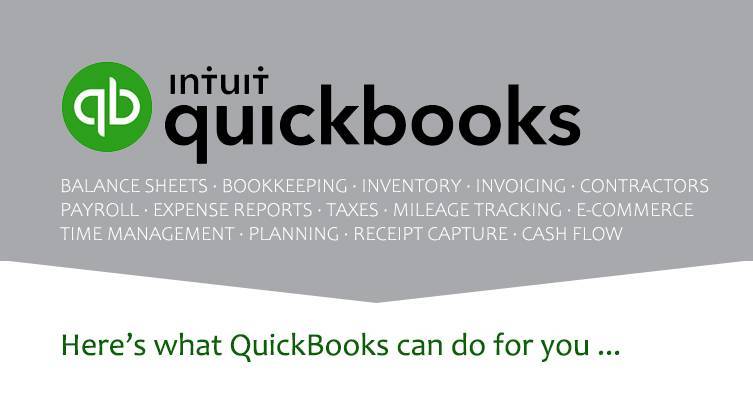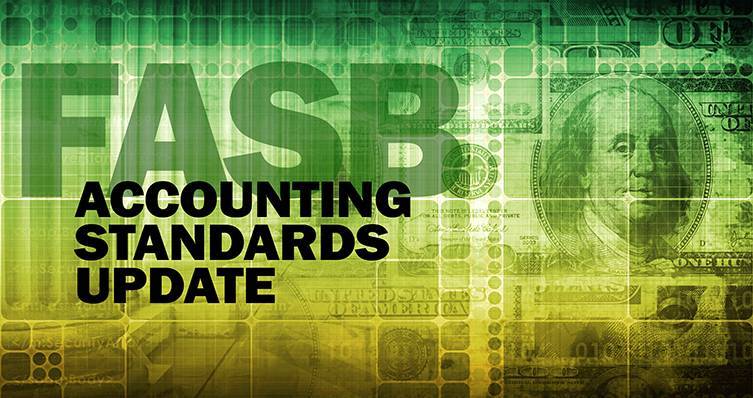As another year ends with interest rates and markets in flux, one thing remains certain: Reducing your company’s tax bill can improve your cash flow and your bottom line. Here are five strategies — including some tried-and-true and others particularly timely — that you can execute before the turn of the new year to minimize your company’s tax liability.
Take advantage of the pass-through entity (PTE) tax deduction, if available
The Tax Cuts and Jobs Act (TCJA) imposed a $10,000 limit on the federal income tax deduction for state and local taxes (SALT). In response, more than 30 states have enacted some type of “workaround” to provide relief to PTE owners who pay individual income tax on their share of their business’ income.
While PTE tax deductions vary by state, they generally allow partnerships, limited liability companies and S corporations to pay a mandatory or elective entity-level state tax on business income with an offsetting owner-level benefit. The benefit typically is a full or partial tax credit, deduction or exclusion that owners can apply to their individual state income tax. The business can claim an IRC Section 164 business expense deduction for the full amount of its payment of the tax, as the SALT limit doesn’t apply to businesses.
Establish a cash balance retirement plan
Cash balance retirement plans are regaining popularity for businesses with high earners who regularly max out their 401(k) plans. The plans combine the higher contribution limits of defined contribution plans with the higher maximum benefits and deduction limits of defined benefit plans. A business can claim much larger deductions for cash balance contributions than 401(k) contributions.
In 2023, for example, the maximum employer/employee 401(k) contribution for a 55-year-old is $73,500 (including a catch-up contribution of $7,500). Meanwhile, a business can contribute up to $265,000 to a cash balance plan (depending on the participant’s age), in addition to the 401(k) contribution. Contribution limits increase with age, creating a valuable opportunity for those nearing retirement to add to their retirement savings as well as a substantial deduction for the business.
Under the original SECURE Act, businesses have until their federal filing deadline (including extensions) to launch a cash balance plan. But it can take some time to prepare the necessary documents, calculate the contributions, and handle other administrative tasks, so you’d be wise to get the ball rolling sooner rather than later.
Act on asset purchases
Timing your asset purchases so you can place the items “in service” before year-end has long been a viable method of reducing your taxes. However, now there’s a ticking clock to consider. That’s because the TCJA reduces 100% first-year bonus depreciation by 20% each tax year, until it vanishes in 2027 (absent congressional action). The deduction has already dropped to 80% for 2023.
First-year bonus depreciation is available for computer systems, software, vehicles, machinery, equipment, office furniture, and qualified improvement property (generally, certain improvements to nonresidential property, including roofs, HVAC, fire protection and alarm systems, and security systems).
Usually, though, it’s advisable to first apply the IRC Section 179 expensing election to asset purchases. Sec. 179 allows you to deduct 100% of the purchase price of new and used eligible assets. Eligible assets include machinery, office and computer equipment, software, certain business vehicles, and qualified improvement property.
The maximum Sec. 179 “deduction” for 2023 is $1.16 million. It begins phasing out on a dollar-for-dollar basis when a business’s qualifying property purchases exceed $2.89 million. The maximum deduction is limited to the amount of your income from business activity, but you can carry forward unused amounts indefinitely or claim the excess amounts as bonus depreciation, which is subject to no limits or phaseouts. But remember: If you’re financing asset purchases, consider the impact of high interest rates in addition to the potential tax savings.
Maximize the qualified business income (QBI) deduction
One caveat regarding depreciation deductions is that they can reduce the QBI deduction for PTE owners. (Note that the QBI deduction is scheduled to expire after 2025 absent congressional action.) If the QBI deduction is allowed to expire, PTE income could be subject to rates as high as 39.6% if current rates also expire.
For now, though, PTE owners can deduct up to 20% of their QBI, subject to certain limitations based on W-2 wages paid, the unadjusted basis of qualified property and taxable income. Accelerated depreciation reduces your QBI (in addition to certain other tax breaks that depend on taxable income) and thus your deduction.
On the other hand, you can increase the deduction by increasing W-2 wages or purchasing qualified property. In addition, you can bypass income limits on the QBI deduction by timing your income and deductions.
Timing income and expenses
With the election looming next November, it’s unlikely that 2024 will see significant changes to the tax laws. As a result, the perennial tactic of timing income and expenses is worth pursuing if you use cash-basis accounting.
For example, if you don’t expect to land in a higher tax bracket next year, you can push income into 2024 and accelerate expenses into 2023. As discussed above, though, you could end up with a smaller QBI deduction.
© 2023 KraftCPAs PLLC











